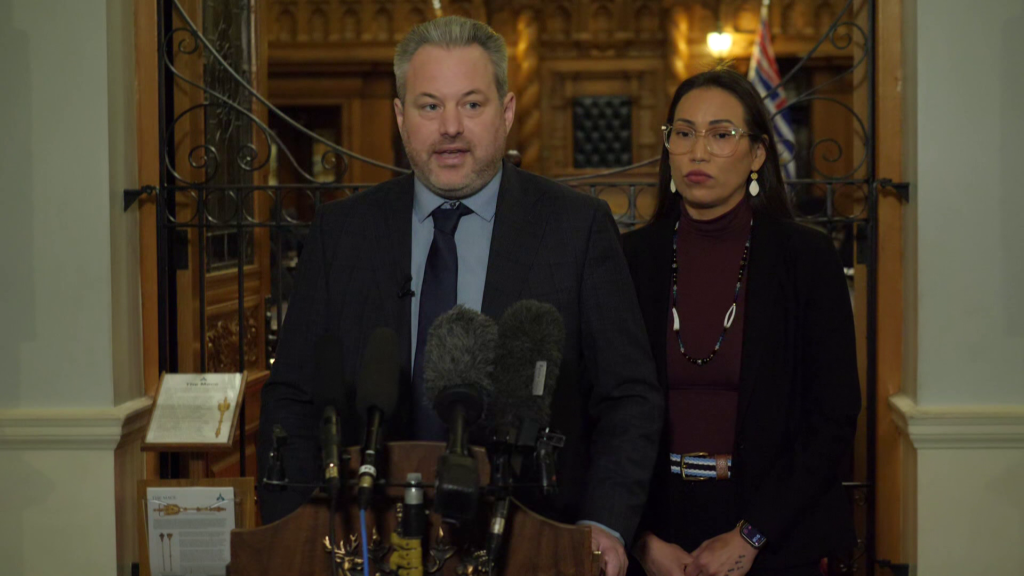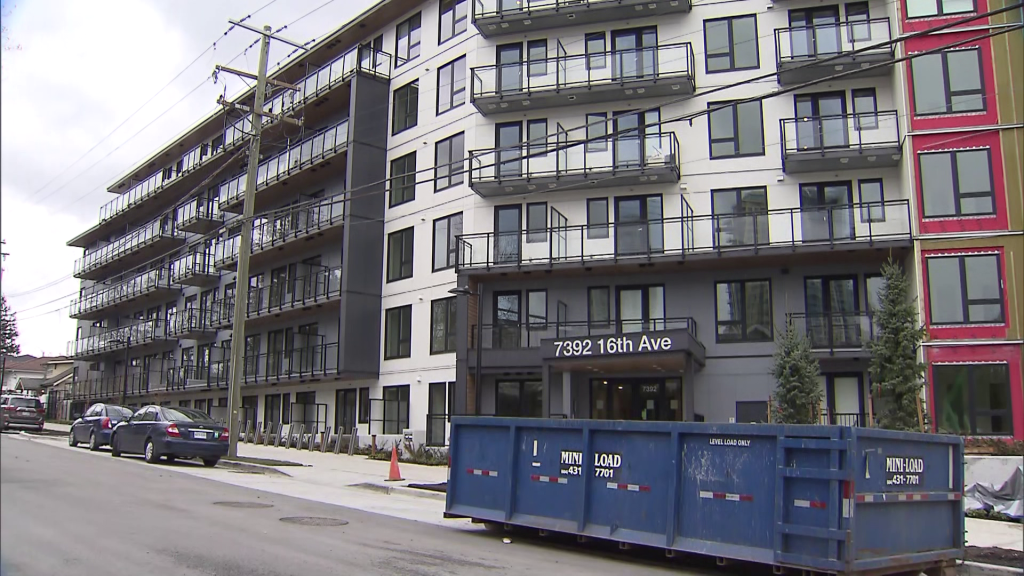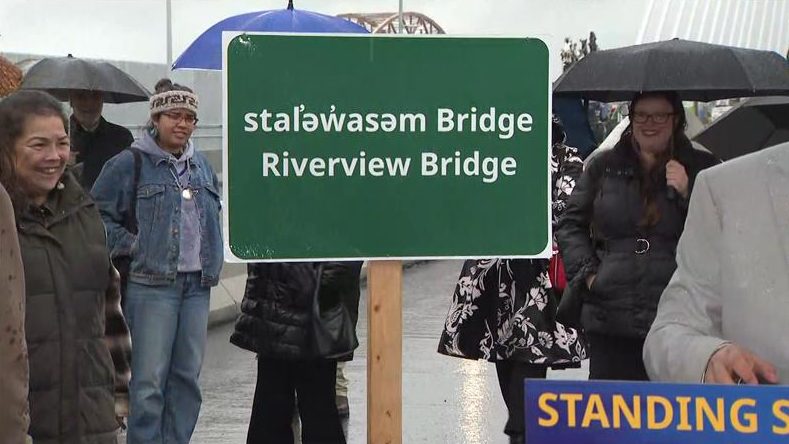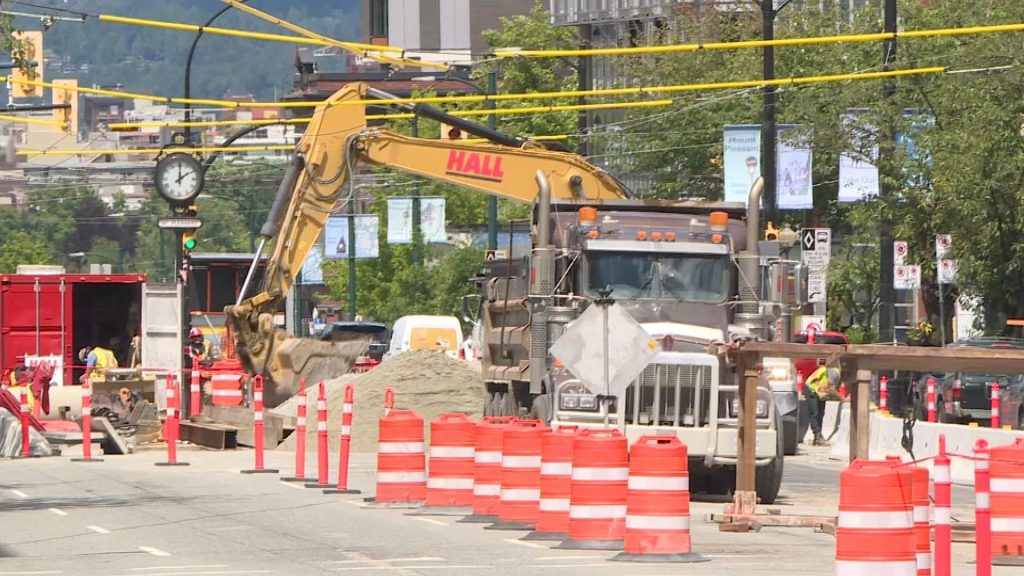B.C. in the hot seat as more extreme weather to come: research
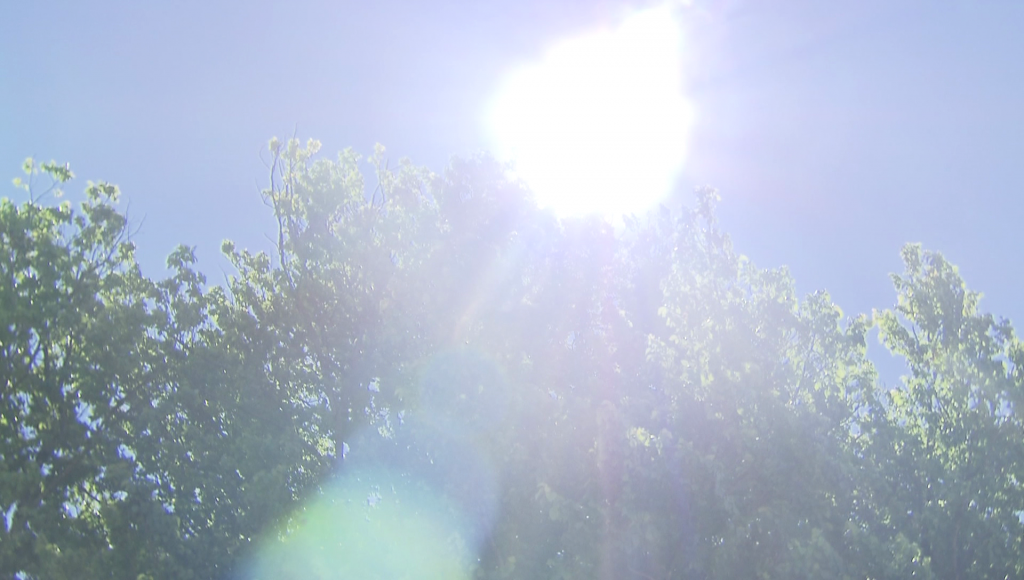
Posted May 24, 2023 6:52 am.
Last Updated May 24, 2023 12:25 pm.
B.C. is heating up at an alarming rate as the climate crisis tightens its grip on the province.
New research from the University of Waterloo shares a projection of what the next three decades will look like across the country, and it’s a cause for concern.
Experts have pinpointed three, of what it calls, “red zones” in this country. One is along the north shore of Lake Erie through the St. Lawrence River Valley in Ontario and Quebec, another is in Prairie communities along the U.S. border, and big sections of B.C.
Related Articles:
-
BC Hydro’s May consumption record broken as heat persists
-
Vancouver heat records break amid temperature spike
-
Wildfire smoke on the way to the Lower Mainland
For British Columbia, researchers found communities like Kamloops and Kelowna will be facing more heat, and the Lower Mainland won’t be immune.
“Urban heat is a key problem in our cities,” said Joanna Eyquem, managing director of Climate-Resilient Infrastructure at the Intact Centre on Climate Adaptation within the Faculty of Environment at the University of Waterloo.
“Our cities can actually be around 10 to 15 degrees hotter than the surrounding area, just because of the artificial surfaces that heat up and then give out that heat again,” she explained.
“We’re not going back to a normal climate conditions.”
She says the climate crisis is to blame.
“We are expecting more heatwaves and extreme temperatures,” said Eyquem. “We looked at three key indicators: the number of hot days over 30 degrees Celsius, the maximum temperature, and the length of heatwaves and all of those indicators are pretty much going up across the country.
“And in some places, like those red zones, the number of hot days over 30 degrees Celsius is going to triple, quadruple, even five times that, in some places 30 years time from now.”

A look at how Vancouver is expected to heat up in the decades to come. (Courtesy climateatlas.ca)
Eyquem doesn’t think people are grasping how big of a problem this is.
“Even if we reduce our greenhouse gas emissions, this kind of degree of heat is already baked in, so we’re not going back to normal climate conditions. It’s effectively irreversible. It’s just about how bad it’s going to be and in terms of our emissions, it could be bad or even worse, I think is the choice at the moment.”
Heat is just one concern B.C is experiencing. She adds it goes hand in hand with other major weather events like severe drought, widespread, massive wildfires, and devastating floods. All things which have been seen in this province over the past couple of years.
Related Articles:
-
What went so wrong in the lead-up to B.C.’s deadly heat dome?
-
What’s changed in B.C.’s emergency response one year after the heat dome?
-
After the heat dome, finding out if B.C. can better handle emergencies in the future
Eyquem wants people to take this research as a warning and to prepare now for what’s to come. She says it should also serve as a reminder to ensure vulnerable people in society are adequately set up to deal with the heat.
“I think when people think of extreme heat, they’re often thinking of air conditioning … [but] if the power does go out during a heatwave, which can happen, and we rely solely on our electricity, then we’re in trouble. Also, if we’re running our air conditioners on max, we’re actually making the condition worse in our cities by pumping out all this hot air.”
She says to consider increasing the green space around your home to take shade under a tree, for example. Sleep in the basement of your home, which is cooler, and figure out which windows to leave open in the evenings to create a cool airflow.
The team of researchers at the Univerity of Waterloo wants the different levels of government to step up to address extreme weather.
For its part, the federal government has outlined a number of goals in its National Adaptation Strategy, including eliminating deaths due to extreme heat waves by 2040.
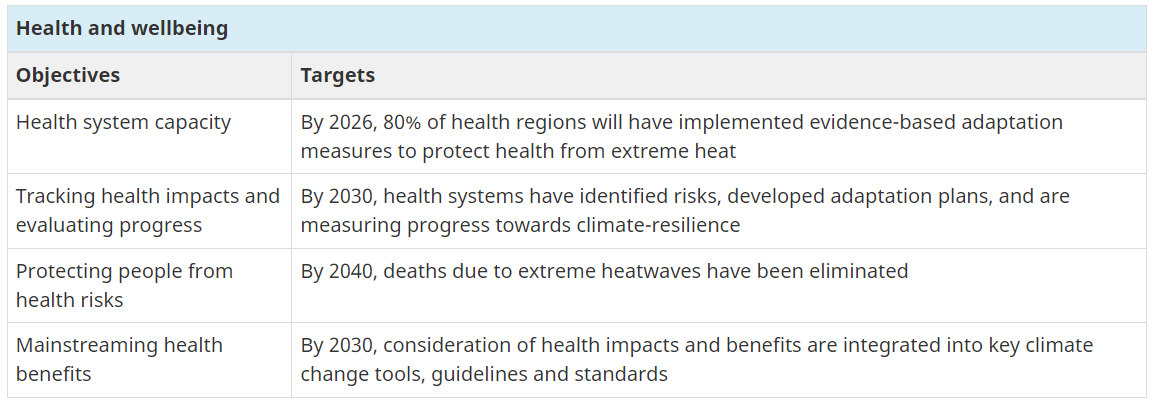
Extreme heat goals set by the federal government in its National Adaptation Strategy. (Courtesy the Federal Government.)
